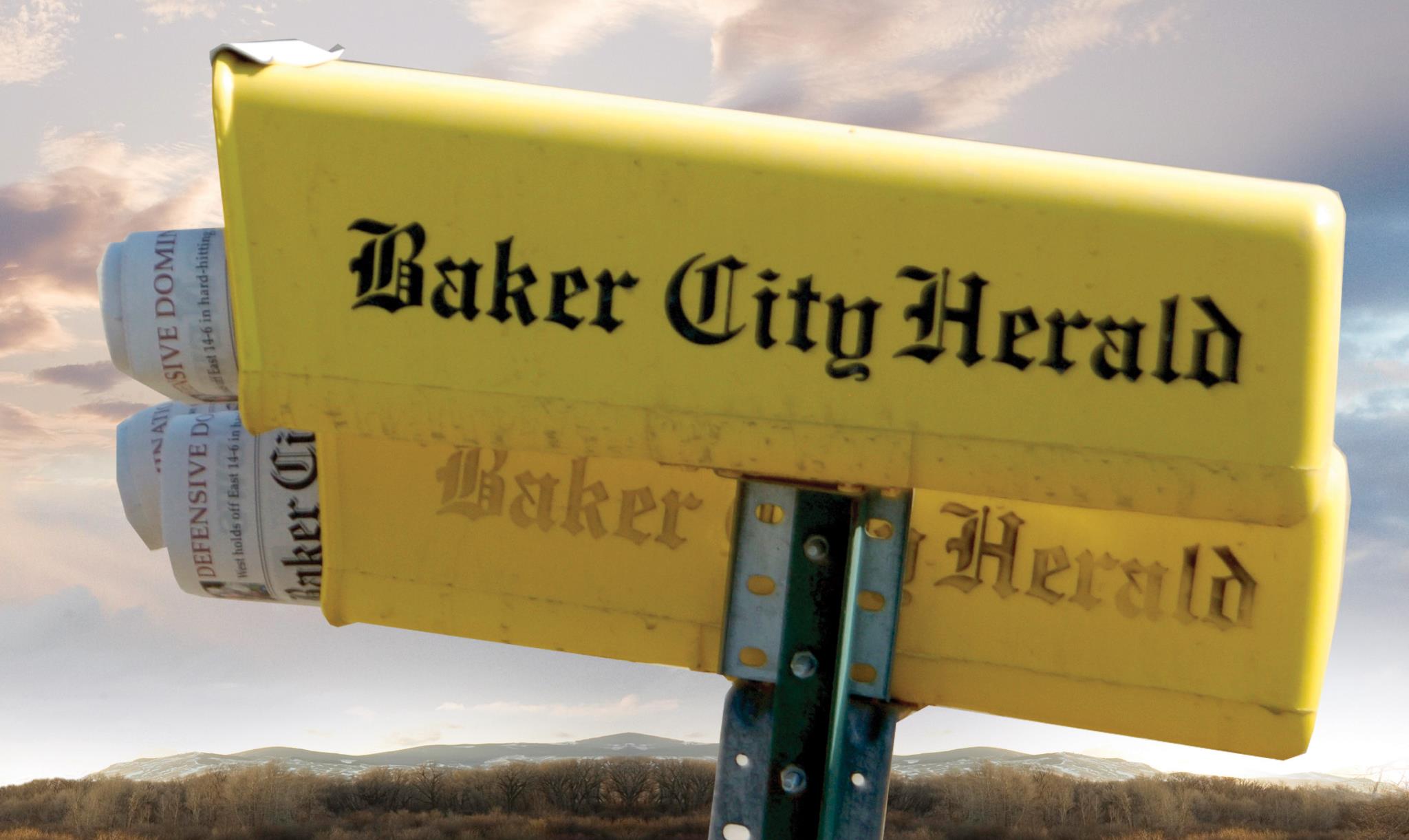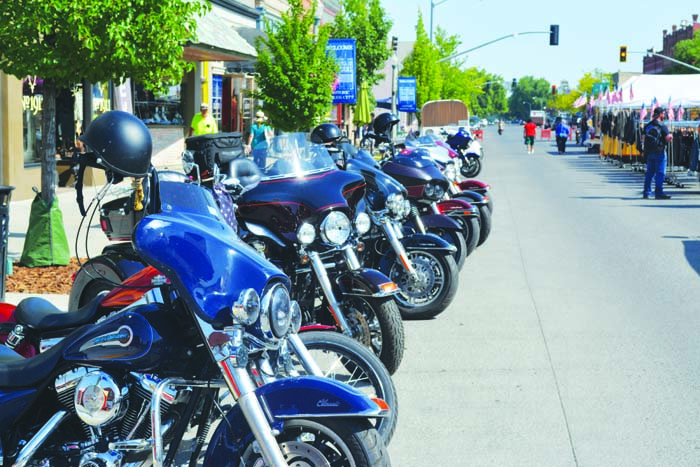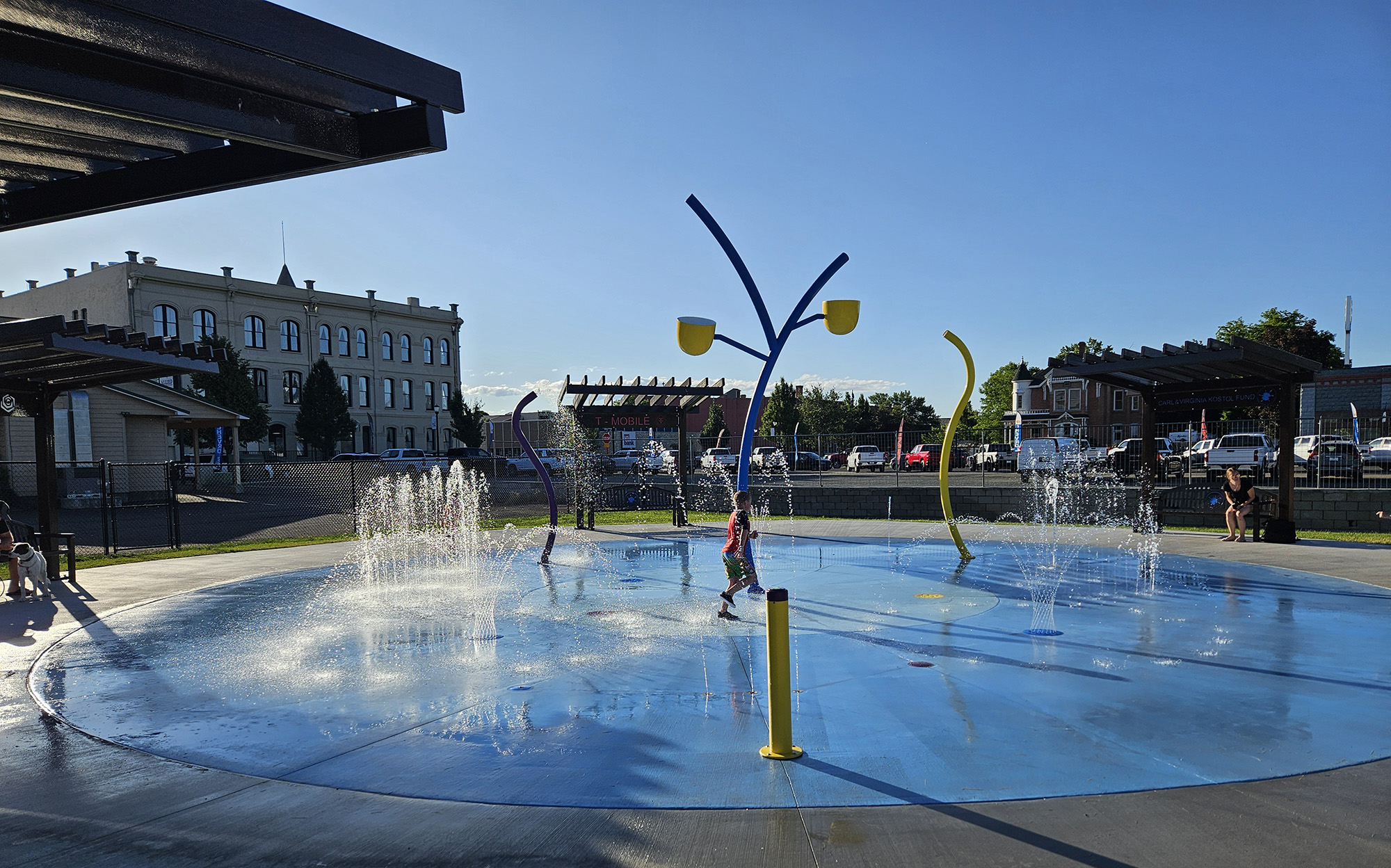COLUMN: Wyatt Earp puts Baker City’s age in perspective
Published 1:00 pm Friday, September 30, 2022
So far as I can tell, Wyatt Earp never visited Baker City.
And I’m pretty near certain that he was not in a gunfight here.
Yet I had occasion recently to consider the relationship between Baker City and Earp, the legendary lawman and Wild West character. It’s a temporal link rather than a geographic one, to be sure, but the connection is compelling just the same, mainly because it reminded me of how deeply into history Baker City’s story stretches.
I was hiking on the west side of the Elkhorns, above Phillips Reservoir, and listening to an episode of the podcast “Most Notorious.” Host Erik Rivenes interviewed Tom Clavin, author of a book about the Earp brothers and Tombstone, Arizona.
The conversation, inevitably, led to the infamous shootout at the OK Corral (the site was actually a vacant lot, but a gunfight in a vacant lot lacks the lasting resonance of a gunfight at the OK Corral, a quintessential Old West name).
The discussion was interesting but not terribly revealing. Among historical events in the American West, few are as thoroughly trodden as the gunfight between the Earp brothers — Wyatt, Virgil and Morgan — and Doc Holliday against members of the Cowboys gang.
But it wasn’t the familiar details of the gunfight that got me to thinking.
It was the date.
That epochal event took place on Oct. 26, 1881.
That seems almost impossibly distant in 2022. Yet while the revolvers were blazing on that autumn afternoon in the Arizona Territory, Baker City was already about 15 years old, and Baker County nearly two decades, the county having been created by the Oregon Legislature on Sept. 22, 1862.
(Baker City wasn’t officially incorporated until 1874, but it was platted almost a decade earlier, and its first post office opened in 1866.)
While I walked on an abandoned forest road, the tread covered with desiccating grass and still-lush lupine, I pondered the confluence in time.
At that moment in Tombstone — and it was indeed just a moment; Clavin said the gunplay lasted just 30 seconds or so — residents were going about their business more than a thousand miles away in Baker City.
It gave me a strange sensation to imagine that reality, to realize that some of the same streets I stroll today were there on one of the landmark days in western history. I imagined the Baker City residents on that day, people who died long before I was born, people who probably had errands to run, wholly unaware of what was happening in the distant desert.
News spread far more sluggishly then, of course. I wonder who in Baker City first learned of the gunfight, and when. Was it weeks later? Months? Perhaps even years passed, considering the episode, as is often the case, didn’t immediately attain widespread mythical status.
Baker City and Tombstone had quite a lot in common in 1881.
Both came about due to the discovery of a precious metal — silver, in Tombstone’s case, gold, in Baker City’s.
Baker City’s existence seems more inevitable, though, no matter how rich the deposits from the nearby placer gravels and lode veins. Its location near the Oregon Trail, and in the fertile valley of the Powder River, probably preordained a settlement.
Tombstone had neither of those advantages.
Unlike Baker City, which only supplanted Auburn, the original town and first county seat, after five years or so, Tombstone was the epitome of the mining boomtown.
It was founded in 1877, and three years later, in the 1880 Census, Tombstone had 3,423 residents.
Baker City’s growth was comparatively tepid, with 1,258 inhabitants in 1880.
Yet it was Baker City, with its abundant grasslands ideal for raising cattle, and its great expanses of old growth ponderosa pines and tamaracks available to the loggers’ saws, that boasts a stability which eluded Tombstone.
Less than a decade after the gunfight, Tombstone’s population had plunged almost by half, to 1,875 in the 1890 Census.
Fire, the most feared force in western towns with their buildings of sun-dried wood, caused major damage in Tombstone in 1881 and 1882.
Baker City, meanwhile, continued its ascendancy to its status as one of the major centers of commerce and government east of the Cascades in Oregon.
By 1890 Baker City had eclipsed Tombstone — 2,603 residents to 1,875 — and the gap widened rapidly in the next few decades.
Baker City’s biggest growth spurt happened the very next decade, between 1890 and 1900. With the expansion of underground mining, which had a voracious appetite for miners and support timbers and associated necessities (beer and whiskey, for instance), Baker City solidified its position as a supply center. Its population increased by 156% during the decade, to 6,663 in 1900.
Tombstone continued its decline, its population dipping to just 646 in 1900.
Today, both towns trade on their history.
But Tombstone, of course, due mainly to the gunfight, is more of a caricature — a sort of Wild West theme park where you can expect an ample supply of OK Corral shot glasses and comparable kitsch.
Although I have not seen a newspaper clipping or other record putting Wyatt Earp in Baker City, his well-researched biography suggests his prese nce is at least plausible.
In 1884 Earp traveled to Eagle City in northern Idaho, site of another gold and silver rush. Given the paucity of roads in the late 19th century, Baker City could well be along the route of someone heading for the Idaho Panhandle. It appears, though, that Earp went to Idaho from Dodge City, Kansas, which, at least on purely geographic terms, would seem to eliminate Baker City as a likely destination.
In any case I would think that Earp, who later journeyed to Alaska for the Klondike gold rush, might at least have heard, in some saloon or gambling house during his itinerant life, about the productive gold fields of Baker County and the Blue Mountains of Oregon.
It’s pleasant to ponder the possibility that he might once have stopped here, to rest a team or horses or slake his own thirst.







